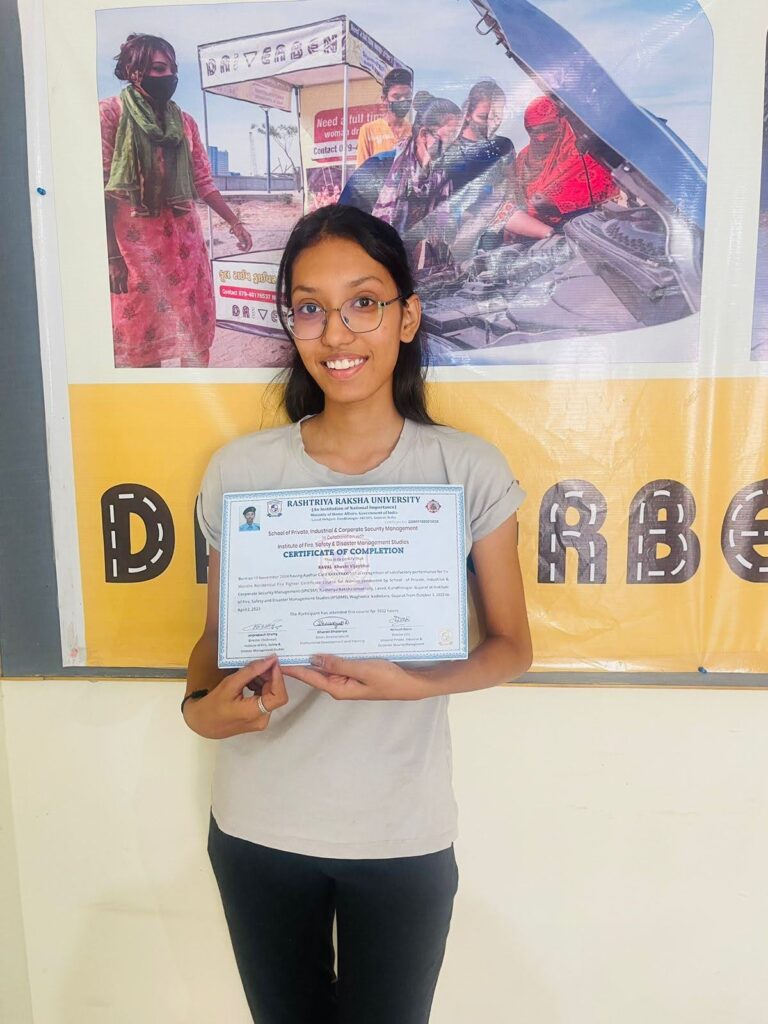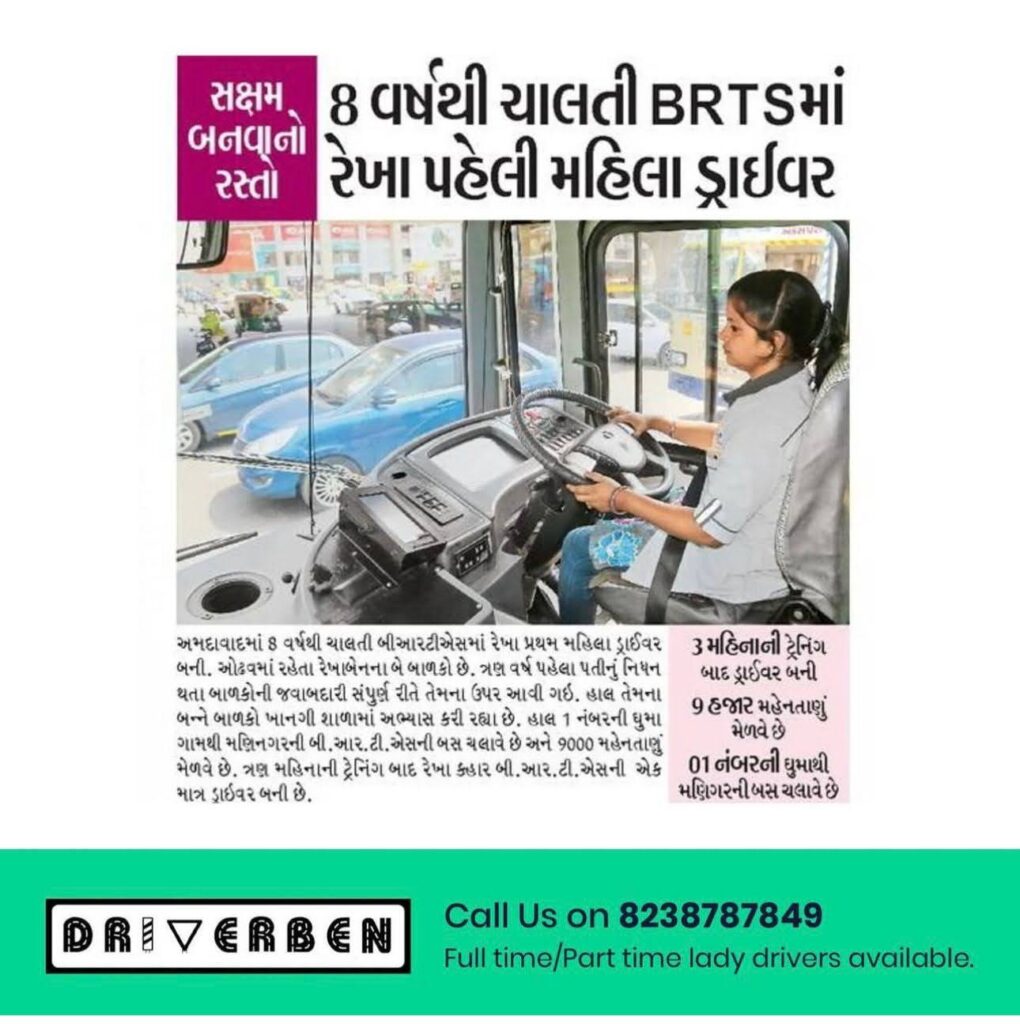It rained heavily yesterday and we could all feel the water evaporating from the earth. Heavy construction sounds, the clanging, cutting, screeching and many shouts of motors were filling up the bubble of our office, Basera in Khanpur, old Ahmedabad. We are a new organisation, emerging out of Jan Vikas, taking form to support the urban communities of Ahmedabad.
I just learnt that a pear is called Babumoshai here in Ahmedabad and not Albakra as my mom calls it. And plums are referred to as Alubukhara. All this new found knowledge was because I wanted some fruit for lunch and Nausarben, my colleague, who went to buy lunch for herself extended a helpful hand to buy something for me as well. I was content with plums for lunch and as I savoured the last plum, two girls came into the office chatting, giggling and inquisitive glances with each other and everyone else in the team.
Getting curious about them I had many questions of my own. Who they were, why were they here and what business did they have with us?
“These two girls are graduates of the Driverben program and learnt 4 wheeler and 2 wheeler from us and are currently in the process of getting a heavy motor vehicle license to apply for the opportunity to go to Europe”
Program Anchor Sayani
Hetal, A Pioneer
I was quickly assigned to document elder Hetal’s (both these girls were named Hetal) story. Hetal is currently 25 years old and has passed 12th class last year after taking two breaks after 10th class and 11th class to take care of her mother who has been terminally ill due to nephrological issues, both her kidneys have failed and currently her father takes her to get dialysis thrice a week (they take health services from the government hospital in Saibaug which is a few kilometers away from Shahpur where they currently reside). She said in response to my questions about her journey,
“I wanted to learn scooty as I thought that was more practical but my father encouraged me to learn the four wheeler. I completed the course in 6 months and learnt more than just driving. With multiple career switches, I had multiple supporters in the journey, my first outstation trip was commissioned to me because someone believed in my capability to do the job well. I am more confident, independent and capable now.”

Have you ever seen a female commercial driver? One wonders what needs to change so that women are more mobile. What will happen if women start taking up traditionally ‘male jobs’? That might be a starting point, or may be not. The ensuing financial independence, will lead to What will happen when women become financially independent and gain agency to take important decisions of their life? Driverben is a program that started with intention to answer these very questions.
Why Driverben
Driverben, started in 2016, is a skill based non-traditional livelihood program1. The program seeks to foster social change and sustainable development by empowering women through mobility. Offering non-traditional livelihood options for women, enables them to challenge existing power structures and disrupt the gender-based division of labor.
The chosen medium of non traditional livelihood is professional chauffeuring in our program. In 2017, ILO published World Employment and Social Outlook: Trends which identified that lack of female labor force participation (FLFP) probability dipped by 16.5% in low and middle-income countries due to lack of proper transportation. Our country is seeking to grow through its demographic dividend, the largest working age population in the world, expected to reach 70% by 2030. We cannot move forward with low FLFP.
As per Periodic Labour Force Survey 2023-23, there are 166 million women who are currently engaged, actively seeking, or available for employment2
Our program is primarily urban centric, this data reflects the immense untapped potential in the chawls of Ahmedabad. The Global Gender Gap Index (2024) by World Economic Forum has rated India 129 out of 146 countries (India has fallen two places from 2023) with an index of 0.641 which is a decrease of 0.002 units from 2023.3 For a gender equitable future, the year on year progress must be substantial and progressive for us to catch up to the rest of the world. Ahmedabad urban alone has over 25 lakh women. Our target group are resource poor women or women who don’t have access and/or control over assets, most of them also living in chawls.
Change Is A Deliberate Process
The initiative takes a five-stage approach to enable them to become professional chauffeurs through linked engagement and empowerment processes. The training typically lasts 6 months; where the core objective is to challenge and change the conventional male image of drivers and make women visible and feel safe in public transport.
The five-stage process
There are multiple modules that participants partake in tandem to create a comprehensive learning experience where women do not just learn the technical and practical aspects of driving but also go through soft skills and empowerment modules which enable them to be work ready and provide them with tools and systems to troubleshoot issues. Women, who are first time learners, are provided with simplified material and the modules are conducted at their pace6. This removes the anxiety and apprehension associated with learning.
The training of both training and empowerment modules happen parallelly. There is a continuity logic at play in technical modules from procuring learner’s license to gaining hands-on experience to obtaining Permanent license to having real world experience post obtaining the license.
Our training modules
A similar logic is at play for empowerment modules. Self-defense course at the start builds confidence, removes the fear and hesitation of traveling in public transport and enables women to defend themselves. Gender based violence against women and legal rights of women training builds the theoretical perspective and educates them about resources (where and how to seek help).
Sexual and reproductive health module further develops women’s agency over their bodies. After these empowerment modules, the set of self-development sessions is conducted starting with communication and English. First aid and work readiness are the last modules – they complete the overall readiness for doing the employability test. The modules are designed to crack the employability barrier and bring professionalism to their chauffeuring.
When Efforts Bear Fruit
Since the graduates of the program have started taking up employment opportunities, many of the Driverben have become the very first female to drive in particular fields. The first auto driver, truck driver, BRTS bus driver, school bus driver, driving instructor and firefighter of Ahmedabad are all Driverben.




But What Is Restricting Women Still
Unpaid care work falls most often onto women in our society, for which the remuneration and recognition doesn’t exist. Women’s participation is in a complex way associated with their family commitments and beliefs. A report by FSG7 furnishes that these factors influence a woman’s participation in the workforce:
- Women still need to secure permission from men to work
- Attitudes of key decision-makers are progressive in theory, not in practice
- Women are working despite a lack of, and not because of, family support
- Childcare is considered the woman’s responsibility by both men and women
- Most urban Indian mothers are unwilling to consider paid day-care services
- Women are trained in gendered vocations
- Women prefer jobs over entrepreneurship
In the same report, 90% of working women overwhelmingly agree that working is the right thing to do, and 64% women strongly believe that it is important to work to be self-reliant.
“Training women for low wage feminized occupation reinforces rather than challenges social hierarchies and norms”.
Baruah B
Driverben wishes to challenge that social hierarchy and give women a new identity. Here are some of our tenets.
- A gender-just curriculum and gender-transformative programming
- Vocational training for girls in schools
- Recognition, reduce and redistribution of women’s unpaid and care work
- Adequate funding and convergence of schemes and programmes
- Creating decent work opportunities in NTL (non-traditional livelihoods) for women
- Gender blind/aware to gender transformative skilling programmes
- Safe mobility for women and girls
The Driverben program works in accordance with these guidelines with driving as its trade choice. Driverben is working to reverse the occupational segregation based on gender, caste and class happening in our societies. This segregation also limits the possibility of moving up the social and economic ladder for these resource poor women8.
There are countless laws which disallow women to work on equal terms with men (especially Factories Act 1948). Women are systematically disallowed to work in spaces which are deemed to be functioning at night, hazardous and arduous.
With this as our backdrop, the path Driverben has embarked upon is arduous. With the large young demographic dividend, we will have to match the needs of the industry with the skilled youth. The larger problems of structural inefficiencies and patriarchal setup still loom heavy upon us. Solving for them one step at a time and addressing all the micro challenges is the way forward.
References
- Driverben Program, U- Live, Jan Vikas www.janvikas.in/copy-of-urban-initiative#:~:text=and%20sexual%20violence.-,Driverben,-is%20a%20non
- Periodic Labour Force Survey 2022-23 www.pib.gov.in/PressReleaseIframePage.aspx?PRID=1966154
- World Economic forum Global Gender Gap Report 2024 www3.weforum.org/docs/WEF_GGGR_2024.pdf
- Ramani, KV et al.; 2005; urban health status in Ahmedabad www.iima.ac.in/sites/default/files/rnpfiles/2005-03-05ramani.pdf
- Verick, Sher; ILO; 2014; women’s labour force participation in India: why is it so low?file:///C:/Users/ADITYA%20VIKRAM/Downloads/wcms_342357.pdf
- Kabeer, Naila (2018) Gender, livelihood capabilities and women’s economic empowerment: reviewing evidence over the life course. Gender and Adolescence: Global Evidence (GAGE), London, UK www.eprints.lse.ac.uk/90462/1/Kabeer__gender-livelihood-capabilities.pdf
- Puneet Goenka et al, creating a gender equitable workforce in India, 2022 www.fsg.org/wp-content/uploads/2022/11/Creating-a-Gender-Equitable-Workforce-in-India_vF.pdf
- Noronha, Ernesto & D’Cruz, Premilla. (2023). The human-centred approach to increasing workplace productivity: Evidence from India www.researchgate.net/publication/377188028_The_human-centred_approach_to_increasing_workplace_productivity_Evidence_from_India




Yes. Unless we improve in gender gap index, society can’t be inclusive. I was amazed to see the entire RTO office being run by female staff.
You guys are doing great job empowering women.
Best wishes.